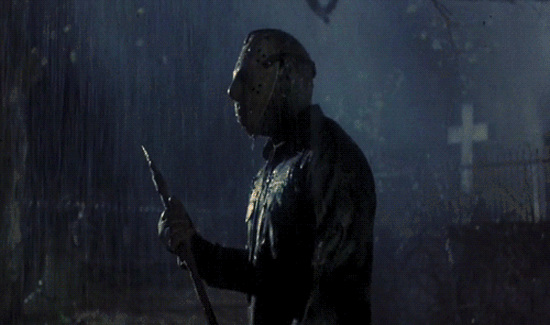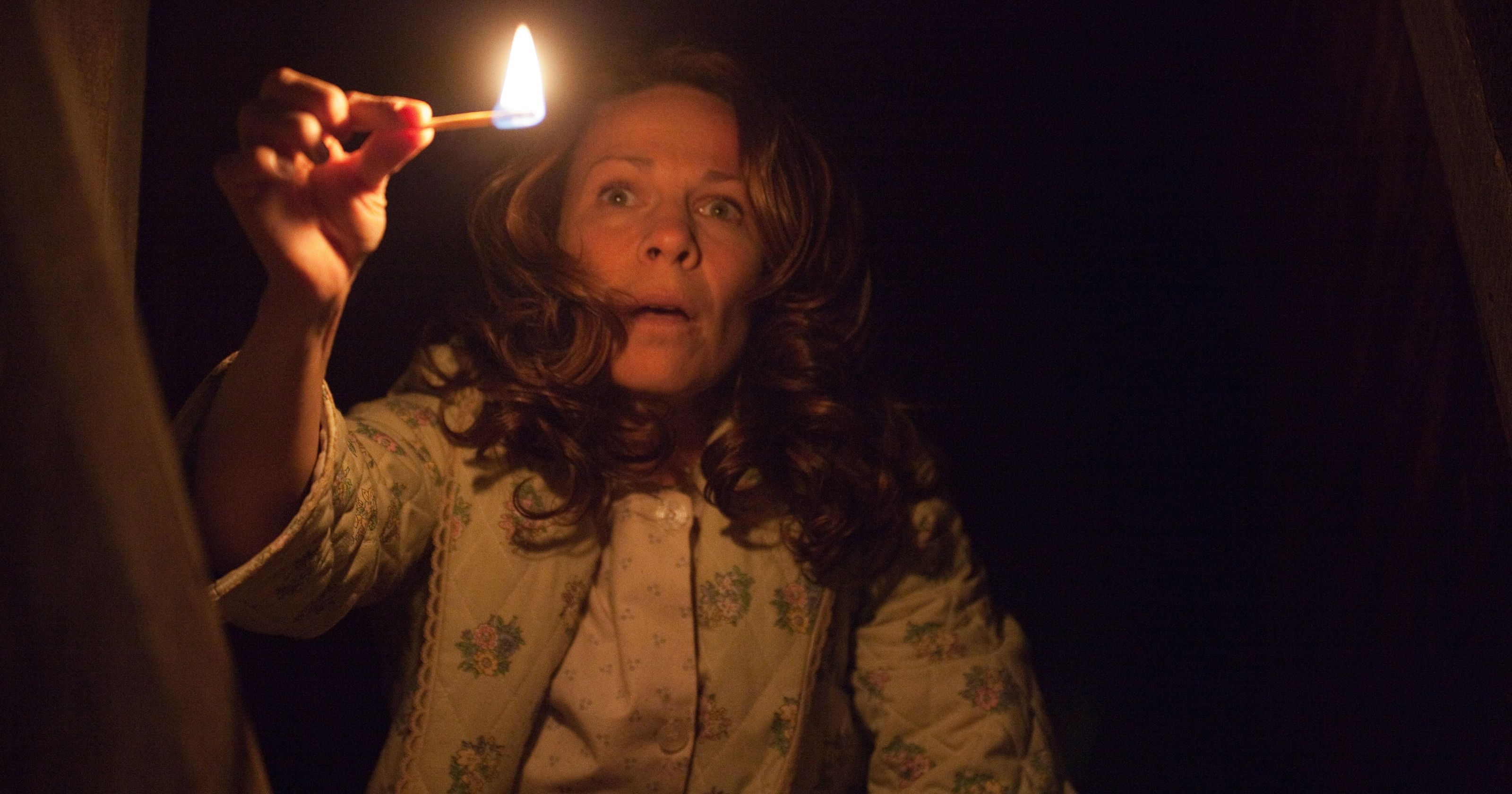Common Camera Angles:
- Low Angle: This is used to show a person/thing on screen has more power/control over the viewer. This is commonly used on villains or when the hero is beating the villain.
- Eye-line Angle: This is when the camera is directly in front of the actor on screen and the eye line is directly looking into the camera.
- High Angle: This is used to portray the person/thing on screen as weak/submissive.
- Worm's eye View: This is where the camera is right below the subject in the scene. This can also be called an extreme low angle.
- Canted/Tilted Angle: The camera is at an angle to intensify the horror and give the audience the an uneasy feeling.
- Bird's eye View: This is the opposite of the worm's eye view. This is film above the subject/thing on screen.



Camera Treatments:
- Tilt: The camera tilts to created a sense of distortion and unease
- Pan: The camera pans up or down to create suspense and give the audience more information about the scene.
- Dolly: This is where the camera is attached to a dolly and it rolls on rails. This gives the film a steady visual for scenes that don't need to be scary.
- Zoom: The camera starts far away and then moves in slowly to show the audience more detail.
- Objective Treatment: The audience are meant to feel like an observer to the scene happening.
- Subjective Treatment: The audience are meant to feel like they are part of the scene or are standing in a characters shoes.




Camera Shots:
- Extreme Long-Shot: This is used to establish the scene. It is also used for the the viewer to see who the main character is with or if they are alone. This shot doesn't always allow for details which gives the audience the feeling of the unknown.
- Long-Shot: This allows the viewer to see the characters and see want the filmmakers want you to see.
- Medium Shot: You can see more detail in this shot like the actors costume and body language.
- Close-Up: A close-up gives the audience the details and flaws of whoever is being filmed. This allows the audience to make their own opinions about characters. The viewer can see iconic props/villains in a close up and immediately relate it to those/previous films.
- Extreme Close-Up: You can see more detail in the characters but won't show the whole person. You will most likely see just their face really closeup.








No comments:
Post a Comment